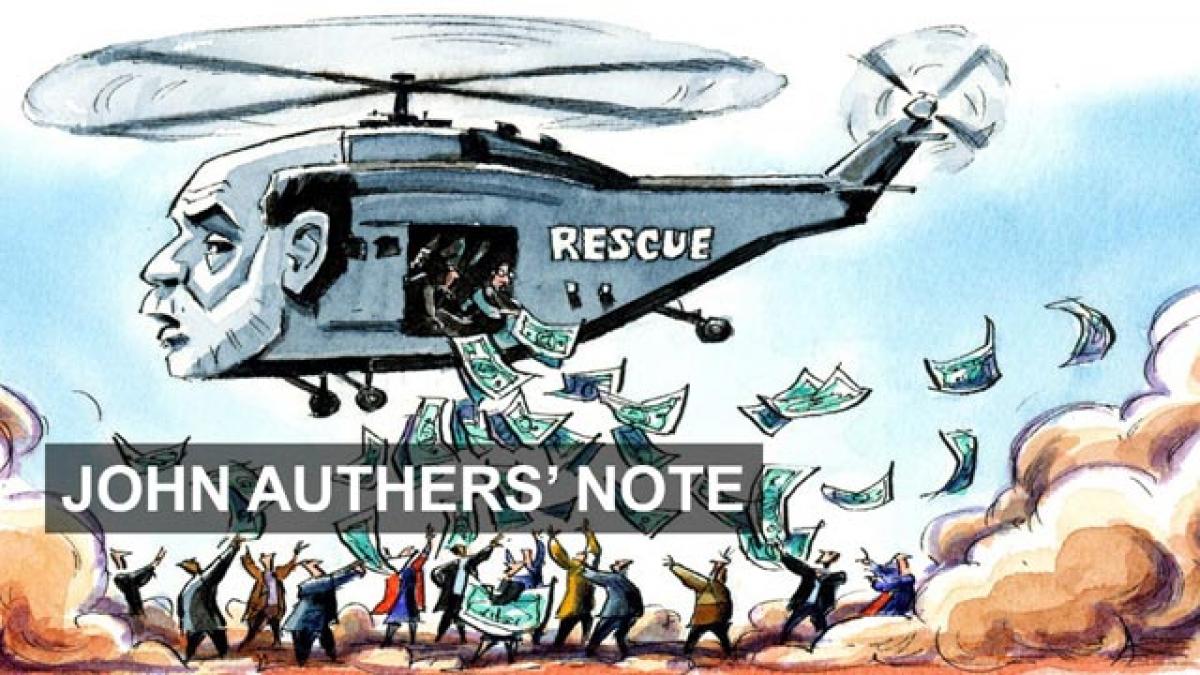Live
- Singham Again Box Office Decline: Ajay Devgn's Cop Drama Faces Tough Competition as Earnings Dip
- Jaya Bachchan Begins Filming for ‘Dil Ka Darwaaza Khol Na Darling’ with Siddhant Chaturvedi and Wamiqa Gabbi
- Telangana Issues Legal Notice to Diljit Dosanjh Ahead His Concert in Hyderabad
- Suriya's Kanguva Opens Strong at Box Office, Despite Mixed Reviews and Piracy Threats
- Delhi's Air Quality Hits "Severe" Levels: Key Updates
- Top diplomats of South Korea, Japan hold talks on sidelines of APEC summit in Peru
- CATL Chairman Doubts Elon Musk's 4680 Battery Will Succeed
- PM Modi Pays Tribute to Birsa Munda on His Birth Anniversary, Marks Janjatiya Gaurav Divas with Special Visit
- Actor Suriya’s ‘Kanguva’ Leaks Online Hours After Theatrical Release
- Chandrababu's Andhra Pradesh Investment & Job Creation Plans (BN) for Industrial Growth









